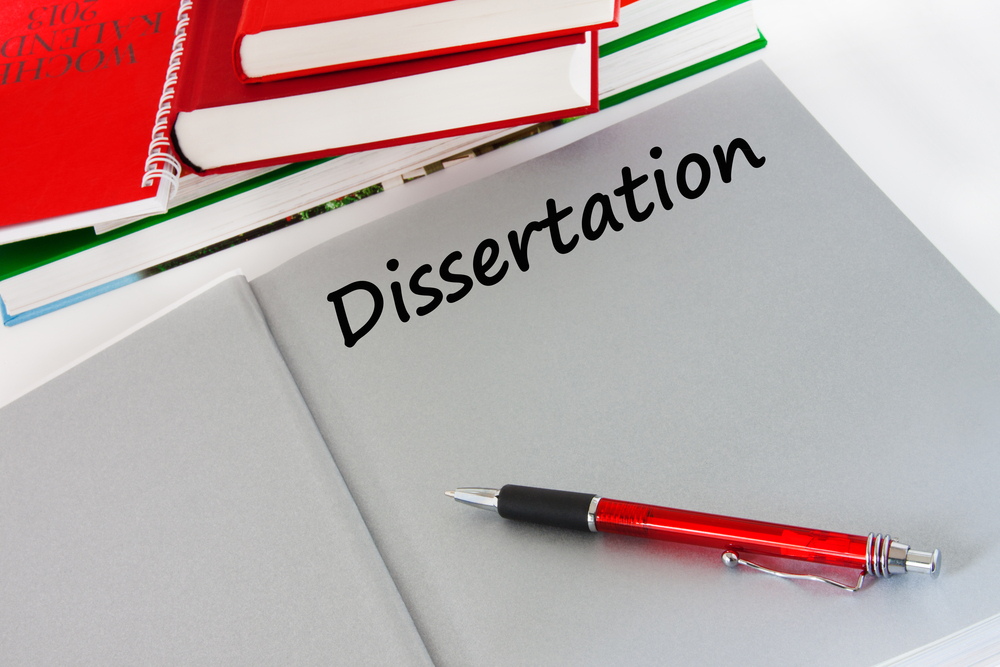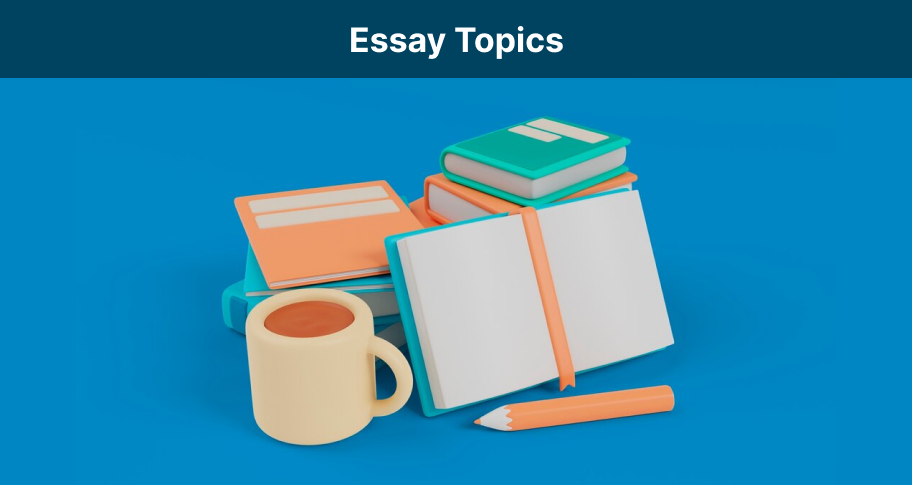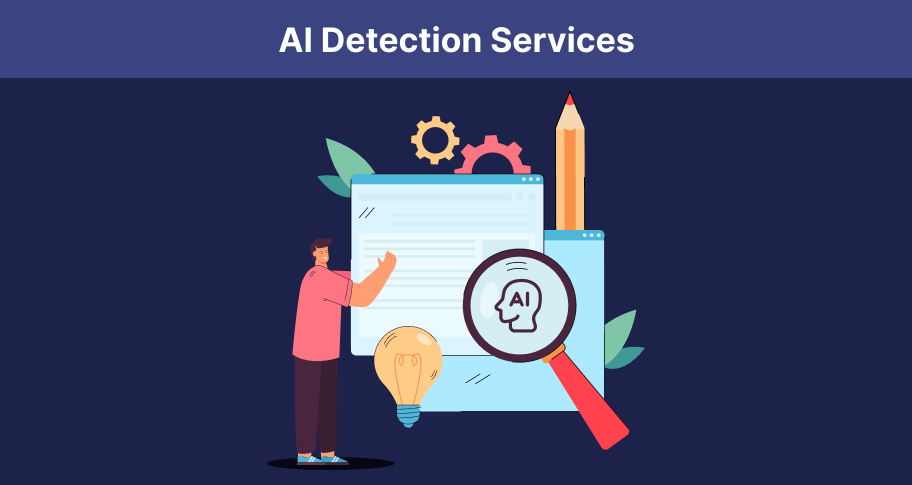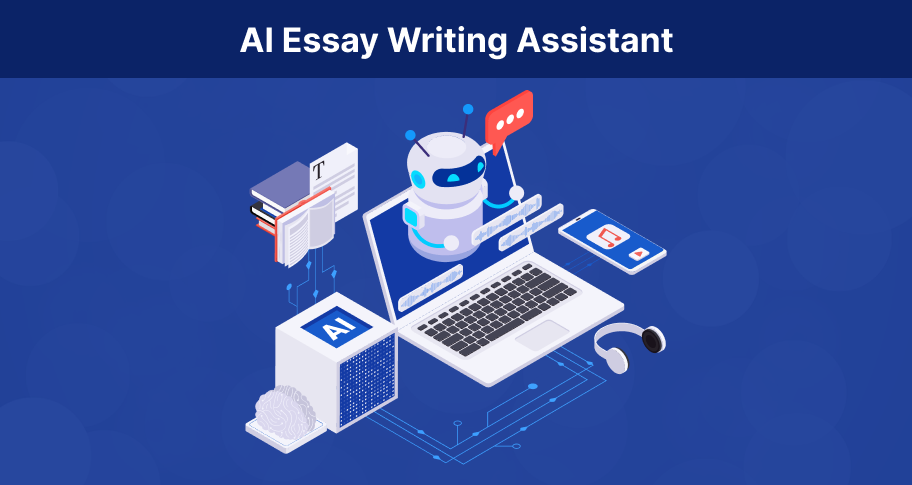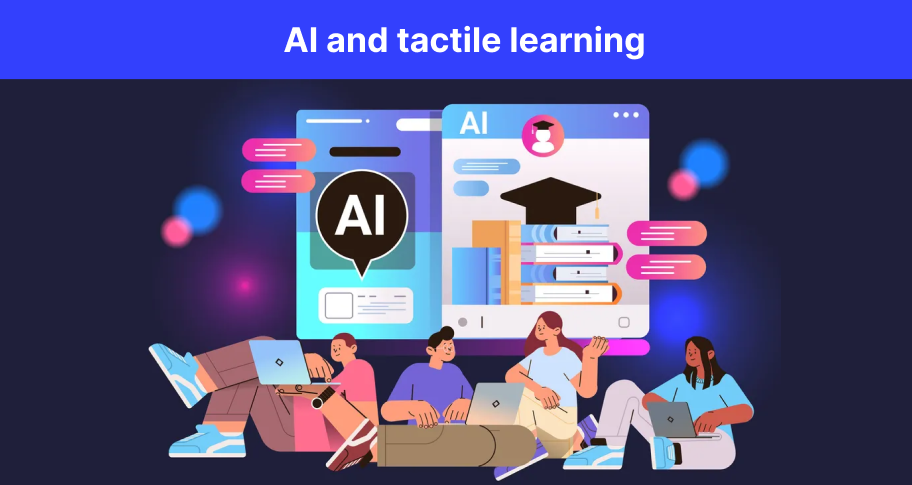Writing a dissertation is a big step in a scholar’s rise to the top. Actually, writing a dissertation is more than a step: it’s like climbing a big mountain—it’s one of those events viewed as a daunting (if not the most daunting) task you will ever face. But—understanding what a dissertation involves and mastering the process can transform this challenge into a rewarding experience. So, if you want to know how to write a dissertation, look no further.
This guide offers a step-by-step approach to dissertation writing, with practical tips that will help you to simplify the process.
The Definition of Dissertation
So what is a dissertation? A dissertation is essentially a long piece of writing on a specific area of research. However, a dissertation differs from other long papers you have written in the past. The main difference between a dissertation and anything else you have done before is that you have much greater independence with a dissertation.
With a dissertation, YOU determine what to study and how to study it. You will have advice from your instructors, mentors, and advisors, but the dissertation is a sign that YOU are becoming an expert or professional in a specific subject area.
Depending on your program of study, a dissertation could be a written report on new research that you conduct using experimentation or qualitative methods. Alternatively, a dissertation could be a thorough analysis of a highly specific topic of interest in the arts or humanities.
View 120,000+ High Quality Essay Examples
Learn-by-example to improve your academic writing
Parts of a Dissertation
Each and every dissertation is different. There are no formulas when it comes to a dissertation, any more than there are formulas for writing books. Ultimately, though, you need to divide your dissertation into sections. The sections make it much easier for your reader, and also help you to write a better and more organized dissertation. Here are a few of the most common parts of a dissertation:
1. Background and Introduction
Introduce your reader to your topic. You’ll include the problems or subjects you are interested in, why you have chosen to pursue this subject, what relevance your research may have to future researchers or to real world applications. Your advisors will help you determine what else to include, but you might want to also include an overview of what other researchers have found before you, and how your work differs from theirs.
2. Review of Literature
A formal review of literature is a core component of almost every dissertation. You can organize your literature review by themes, showing what prior researchers have found or what other scholars have said about the subject.
3. Methodology
In the social sciences you will include a methods section. Even in the humanities, you might show how you are going about your research. This is a critical part of your dissertation because it enhances your credibility as a scholar.
4. Results
This is where you present the raw results of your research. If you are writing a dissertation in the social sciences, it may be where you include quantitative results like statistics. If you are in the humanities, you would convey the results of your investigation concurrently with the discussion and analysis sections.
5. Discussion and Analysis
Discussion and analysis is the heart and soul of your dissertation. This is where you truly shine as a scholar and independent researcher.
6. Conclusion and Suggestions
Your conclusions wrap up your analysis, and also provide suggestions for future research or application.
Steps to Writing a Dissertation
Step 1: Choose a Compelling Topic
Why It Matters
The choice of topic dictates the scope of your research and the interest it will generate. It’s important to select a topic that both sparks your curiosity and fills gaps in existing research.
Things to Remember
- Focus: If you aren’t focused on the topic you’re writing about, it will be much harder to create a good dissertation.
- Narrow it down: Don’t choose something that’s too broad.
- Have a reason: You should be addressing something that no one else has addressed—otherwise, what’s the point?
How to Approach
- Brainstorming Session: Start with a broad field of interest and gradually narrow down to specific areas that are under-researched.
- Evaluation: Assess the relevance and research scope of each idea by reviewing current literature.
- Alignment: Ensure the topic resonates with your scholarly aspirations.
Example
If your interest lies in renewable energy, a compelling topic might be “The Impact of Solar Panels on Rural Communities in South America.”
Step 2: Conduct Thorough Research
Why It Matters
A well-conducted literature review sets the foundation of your dissertation, and it allows you to show the gaps in the existing research that your study will aim to fill.
Things to Remember
- Research is the most important part of your dissertation.
- The information you find on your topic will be transferred to your paper through quotes and properly-cited paraphrasing.
- So, make sure you take good notes during your research time!
Strategies
- Resource Hunting: Use academic databases like JSTOR, PubMed, and Google Scholar to gather relevant studies.
- Note-Taking: Develop a methodical system for annotating sources, which will aid in referencing and discussions.
Example
While researching, you might find a 2018 study that shows a deficit in the application of solar technology in rural areas, which would give you a perfect “in” for your dissertation.
Step 3: Develop a Dissertation Proposal
Why It Matters
This proposal outlines your intended research, its relevance, and your methodology. Getting approval from your advisor is especially important at this stage as the proposal forms the blueprint of your study.
Things to Remember
- The thesis statement is the cornerstone of your dissertation and will guide your proposal.
- It tells the reader what the paper will be about, and what you intend to prove or address throughout the document.
- Your thesis should be clear and specific, and should let the reader know which “side” you’re on or what you will be arguing.
Process
- Drafting: Include problem statement, objectives, research questions, methodology, and expected outcomes.
- The problem is what your study specifically addresses and hopes to solve or clarify.
- The purpose statement focuses on why you are conducting your study (i.e. what purpose does your study serve?).
- The study significance expands on the purpose statement and addresses why the study will have value for your field. (If you can’t determine why your study should be conducted or what purpose it will serve, you may have to adjust your problem statement.)
- Feedback: Regular consultations with your advisor are vital to refine your proposal and ensure alignment with academic standards.
- Once you got some feedback, create your research question(s) and hypotheses.
- Make sure any questions or hypotheses you use in your paper can actually be studied and relate back to the topic and the problem statement.
- Check out this abbreviated dissertation proposal below for a rough idea of how it should look:
Step 4: Meticulously Craft Your Dissertation
Structure Breakdown
Introduction: Set the stage with your thesis statement and give a brief overview of the research.
- You’ll include your problem, purpose statement, and study significance.
- Give some background on the topic, too.
- Make sure your introduction chapter is an appropriate length. If you have to write a total of 100 pages, your introduction shouldn’t be two pages, but it shouldn’t be 30, either.
- See the example below for a rough idea of what a good intro looks like:
Literature Review: Deep dive into previous research and establish how your work fills any gaps.
- Your literature review may be the longest chapter of your dissertation, especially if you’re relying on it to provide a lot of information for the methodology and data analysis sections that come after it.
- You want to make sure your reader has a clear picture of what existing research says on the topic.
- The example below is abbreviated—your literature review will be much longer and more detailed—but it works to show you the main idea:
Methodology: Clearly describe your research methods and justify your choices.
- Make it so clear that your study could be replicated by anyone simply by following your method.
- The example below is short on details—the one in your dissertation will be longer and more in-depth—but it gets to the point:
Results and Discussion: Present your findings and their implications in detail.
Conclusion: Sum up your research, restate its significance, and suggest areas for future study.
Dissertation Tips
- Clarity and Coherence: Maintain a logical flow that guides the reader through your argument.
- Evidence-Based Arguments: Support your claims with data and citations.
Step 5: Revise, Proofread, and Defend
Iterative Nature
Embrace multiple drafts and revisions as part of the process to refine your dissertation to perfection.
Strategies
- Self-Editing: Look for consistency in argumentation and the clarity of your writing.
- External Feedback: Seek input from peers and advisors to gain different perspectives.
- Defense Preparation: Understand your research thoroughly to confidently articulate and defend your findings.

Dissertation Topics
Business & Management
- The Impact of Corporate Social Responsibility on Brand Perception and Consumer Loyalty
- Remote Work Dynamics: Strategies for Effective Leadership and Team Collaboration
- The Role of Artificial Intelligence in Transforming Human Resource Management Practices
- Ethical Considerations in Big Data Analytics for Marketing Decisions
- Crisis Management in the Age of Social Media: A Comparative Analysis
Education
- The Effects of Technology on Early Childhood Development and Learning Outcomes
- Closing the Achievement Gap: Culturally Responsive Teaching Strategies in Diverse Classrooms
- The Impact of Standardized Testing on Student Motivation and Learning
- Teacher Burnout: Causes, Consequences, and Prevention Strategies
- The Role of Parental Involvement in Promoting Student Success in Underserved Communities
Social Sciences
- The Social Construction of Gender in Online Communities
- The Impact of Social Media on Political Polarization and Discourse
- The Effects of Gentrification on Community Displacement and Social Inequality
- The Refugee Experience: Challenges and Strategies for Integration in Host Countries
- The Psychology of Conspiracy Theories: Understanding Belief Formation and Resilience
Health Sciences
- The Role of the Gut Microbiome in Mental Health and Well-being
- Innovations in Telemedicine: Improving Healthcare Access in Rural Areas
- The Effectiveness of Mindfulness-Based Interventions for Chronic Pain Management
- The Long-Term Health Consequences of Childhood Trauma
- The Impact of Environmental Factors on the Development of Autoimmune Diseases
Other Topic Ideas
- The Impact of Climate Change on Global Agricultural Practices
- Machine Learning in Diagnostic Imaging: Improvements and Ethical Considerations
- The Role of Social Media in Shaping Political Opinions in the 21st Century
- Blockchain Technology: Opportunities and Challenges in Financial Services
- Mental Health Outcomes Among First Responders: A Cross-Sectional Study
- Renewable Energy Systems: Comparing Wind, Solar, and Hydroelectric Power in Terms of Efficiency and Sustainability
- Urban Green Spaces and Their Impact on City Dwellers’ Mental Health
- The Evolution of Feminist Literature in the 20th Century
- Artificial Intelligence and its Role in Automating Customer Service
- Cultural Tourism and Its Impact on Indigenous Communities
- Cybersecurity Measures for Protecting Personal Data in the Digital Age
- Plastic Pollution in Oceans: Analyzing Solutions from Around the World
- The Effects of Autonomous Vehicles on Urban Planning and Public Safety
- The Influence of Gen Z on Modern Marketing Strategies
- The Role of Traditional Medicine in Contemporary Healthcare Systems
- Economic Models for Evaluating the Long-term Impacts of Pandemics
- Ethical Issues in Genetic Engineering of Humans
- The Future of Work: The Role of Telecommuting in Business Efficiency
- The Relationship Between Economic Sanctions and Diplomacy
- Language Revitalization: Case Studies of Successfully Revived Languages
View 120,000+ High Quality Essay Examples
Learn-by-example to improve your academic writing
Dissertation Examples
Dissertation Proposal Example
Title: “Impact of Mindfulness Training on Academic Performance in High School Students”
Introduction
Mindfulness training has been increasingly recognized for its potential to improve mental health and cognitive functions. This study intends to explore the effect of structured mindfulness training on the academic performance of high school students, hypothesizing that regular mindfulness exercises will lead to improvements in concentration, stress management, and overall academic outcomes.
Research Questions
- Does mindfulness training lead to significant improvements in academic performance among high school students?
- What aspects of academic performance (e.g., concentration, memory retention, test anxiety) are most improved by mindfulness training?
Objectives
- To determine the effectiveness of mindfulness training on the academic performance of high school students.
- To identify which specific cognitive and emotional factors are most influenced by mindfulness practices.
Literature Review
A preliminary review of the literature indicates a gap in research specifically targeting high school students, with most studies focusing on adults or younger children. Studies such as those by Wang et al. (2020) and Gupta (2019) have shown promising results in related areas, but there is a need for more targeted, age-specific research within educational settings.
Methodology
Sample
A sample of 300 high school students from three different schools will be randomly assigned to a control group and an experimental group. The experimental group will participate in a structured 8-week mindfulness program.
Data Collection
Quantitative Data
Academic performance will be measured through grades and standardized test scores collected before and after the intervention.
Qualitative Data
Focus groups and interviews will be conducted to gather insights into the students’ experiences and perceptions of mindfulness training.
Analysis
Quantitative data will be analyzed using statistical methods such as t-tests and ANOVA to assess differences between the control and experimental groups.
Qualitative data will be analyzed using thematic analysis to identify common themes and sentiments expressed by participants.
Significance
This research could support educational practices by providing evidence-based recommendations for incorporating mindfulness exercises into high school curricula. It may also contribute to the broader understanding of adolescent psychological and educational development.
Timeline
| Phase | Timeframe |
| Literature Review | Month 1-2 |
| Data Collection | Month 3-6 |
| Data Analysis | Month 7-8 |
| Writing and Revision | Month 9-11 |
| Submission of Final Draft | Month 12 |
Introduction Example
The digital age has transformed how consumers interact with brands, especially in the fashion retail sector. This dissertation explores the impact of digital marketing strategies on consumer purchasing behaviors, using a case study of a leading fashion retailer. Through an examination of the effectiveness of one company’s social media campaigns, email marketing, and digital advertising, this study aims to provide insights into how digital marketing influences consumer decisions and brand loyalty in the fashion industry. The relevance of this research lies in its potential to guide future marketing strategies and optimize consumer engagement in an increasingly digital marketplace.
Literature Review Example
This literature review critically examines the existing state of research on the adoption of renewable energy sources in emerging economies. Studies such as those by Smith (2020) and Liu et al. (2019) provide a framework of analysis by discussing the economic and political incentives that have historically underpinned energy policy in these regions. Furthermore, research by Gomez and Patel (2021) reveals the cultural and infrastructural challenges that impede the adoption of renewable technologies.
This dissertation builds upon these findings by introducing new data from field studies in three emerging economies, offering a contemporary analysis of ongoing barriers and identifying potential catalysts for increased adoption. The comprehensive review of past literature not only underscores the complexity of the subject but also sets the stage for a detailed discussion of newly gathered empirical data.
Methodology Example
This study uses a mixed-methods approach to evaluate the effectiveness of remote learning tools used in elementary education. The quantitative component involves a quasi-experimental design, where two groups of students, one using the traditional learning methods and the other using specified remote learning tools, are compared in terms of academic performance over a school year. Data will be collected through standardized tests administered at three points during the year: at the beginning, mid-point, and end.
Parallel to this, the qualitative component includes semi-structured interviews with teachers, parents, and students from both groups. These interviews are designed to gather insights into the participants’ experiences and perceptions of remote learning tools’ impact on the learning process. Interview data will be analyzed using thematic analysis to identify common themes and divergences in participant responses.
Findings and Discussion Example
The analysis of survey data from 1,200 city residents reveals a positive correlation between the frequency of visits to urban green spaces and reported levels of mental well-being. Statistical tests (Pearson’s r) show a correlation coefficient of 0.62, indicating a strong positive relationship. Additionally, observational data from three urban parks supports these findings, with higher counts of visitors correlated with lower local rates of reported stress and anxiety.
These findings align with the hypotheses that urban green spaces contribute positively to mental health. The strength of the correlation suggests that these areas provide substantial psychological benefits. This supports theories proposed by Smith (2015) and Liu (2018), who argued that natural environments are important for urban health. However, the study also indicates variation in the impact of different types of green spaces. For example, larger parks with natural water bodies were associated with greater benefits than smaller, landscaped areas.
The implications of this study are numerous. For urban planners and policymakers, the data suggests that investments in larger, more naturalistic green spaces could be a cost-effective strategy to enhance urban public health. Additionally, these findings challenge current urban development practices that favor high-density, low-green space environments.
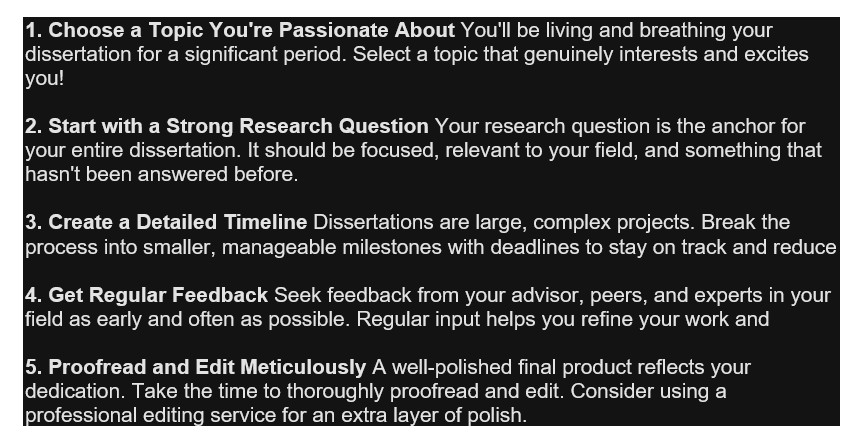
Dissertation Frequently Asked Questions (FAQ)
How Does a Dissertation Differ From a Thesis?
Although a dissertation is usually the “final step” in the pursuit of a PhD, it is not the only thing you need in order to graduate. A dissertation is not the same as a graduate thesis, either. Your thesis is basically the claims you are trying to make with your dissertation, whereas your dissertation represents your proving your thesis to your peers, professors, and mentors. You will need to clarify your area of interest by narrowing down your thesis before beginning to write your dissertation. In this article, we will show you exactly how to do that. Ultimately, your dissertation will reflect your passion and interest in your chosen field.
What is the Purpose of a Dissertation Proposal
By the time you are in graduate school and preparing to compose your dissertation, you may be asked to first present a cogent proposal of what you intend to write about. The purpose of a dissertation proposal is to save you time and trouble later on. If you propose a dissertation on a subject that has been written about extensively already, your advisors will tell you. They will ask you to review the literature again and come up with a new and more interesting topic to explore. Alternatively, your proposal might be overly ambitious. Your professors might help show you how to simplify your research methods so you have no trouble completing the work you set out for yourself.
A dissertation proposal is similar to other types of research proposals. You will outline your research hypotheses, offer your theoretical foundations or viewpoints, and provide a brief review of literature. Once you have received approval to proceed on your dissertation, you can begin narrowing down your topic and refining your ideas.
If you are not receiving quality feedback from your academic advisors, it is always a good idea to change them at this early stage rather than waiting until it is too late. At this stage of your academic career, you are in control and you do need to choose supportive advisors because they may become your future colleagues.
How Long Are Dissertations?
The length of a dissertation depends on the subject. There is no easy or straightforward answer to this question, because your dissertation should ultimately be however long it takes for you to thoroughly explicate your subject or present the relevant research. As long as you complete all the necessary sections of the dissertation, the length is less important than the quality of its content. Some people say their dissertations are around 10,000 words; others say to aim for around the length of a book.
What is a Dissertation?
Graduate students may be called upon to write a dissertation to fulfill the requirements of their program of study. Some, but not all, graduate programs require a dissertation because it represents in-depth research and writing, and demonstrates command of the subject matter. A dissertation should also prove that you have transitioned from being just a student towards being a scholar or a professional in your field.
Your dissertation shows that you are developing what is known as a doctoral identity. After completing your dissertation, you will be one step closer to being a fully-fledged professional, a scholar, or an expert in your field. You will always remain on the path towards learning and professional development, but the dissertation is the first and most critical step of your future professional success.
What is a Dissertation Defense?
Depending on the requirements of your university, you may have to defend your dissertation orally. Make sure you understand the work you did and why it has value for the reader, so you can articulate that during your dissertation defense.
The essence of a dissertation is presenting your work to a community of your peers and most importantly, to your professors, advisors, and other experts who will benefit from your research. During the dissertation defense process, you will face questions about your research just as any expert in their field will be questioned as to how they did their research, why they drew the conclusions they did, and what relevance their research has for the professional community.
Your dissertation may be the first truly meaningful work you have created in the subject area you have chosen, because unlike the papers you produce for classes, a dissertation is not about showing that you understood the material that your professor presented. On the contrary, you write a dissertation because you identified a gap in the literature and want to fill that gap with new and exciting research.
Process of Dissertation Defense
The process of defending a dissertation will differ depending on your school, your areas of research, and the preferences of your professors. In some cases, you need to deliver a presentation to a small group of people. Some dissertations are delivered to a larger group of people as at a conference.
Generally, your team of academic advisors will grill you, asking relevant questions about your research. Most of the questions will be out of genuine curiosity about the subject. Remember, the whole point of a dissertation is to contribute to the field. That means you will be presenting material even your professors might not have known about or had been aware of before. If people have questions and concerns, that means that they are expressing interest in your work. So don’t get defensive during the defense of your dissertation. The more you master your material, the more comfortable you will feel during the defense process.
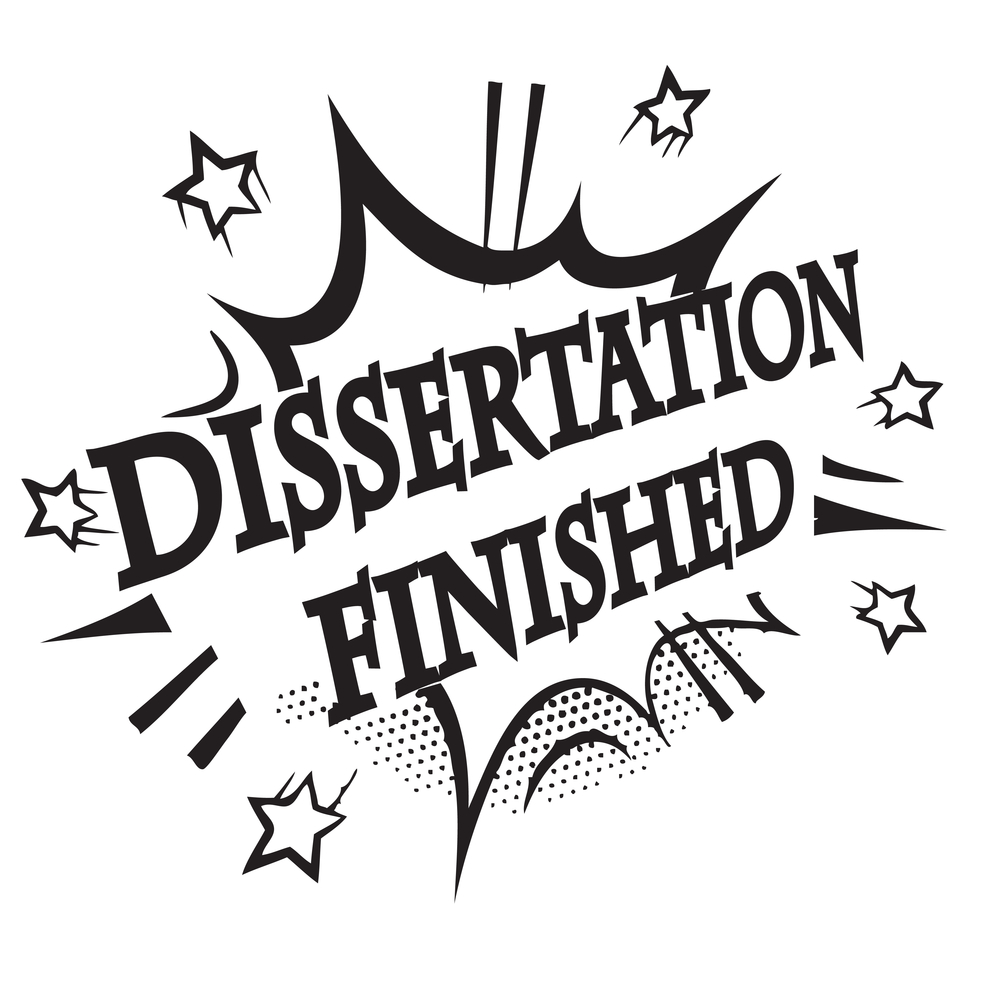
Conclusion
Completing a dissertation is a big achievement in your academic career. It’s like the Mt. Everest of higher education. If you can do it, it shows that you’re ready for the big time. But every first timer needs to learn the ropes—and, by following our dissertation writing guide, you can navigate the cliffs and pitfalls of dissertation writing and come out on top with a scholarly work that truly contributes to your field.
Need expert help with editing your dissertation? Our team of experienced editors are here to assist you at every step of your dissertation. From refining your proposal to polishing your final draft, we provide personalized editing support tailored to your academic goals. Try us out our “human editing service” and experience the difference professional guidance can make in achieving the outstanding dissertation you want to deliver!

